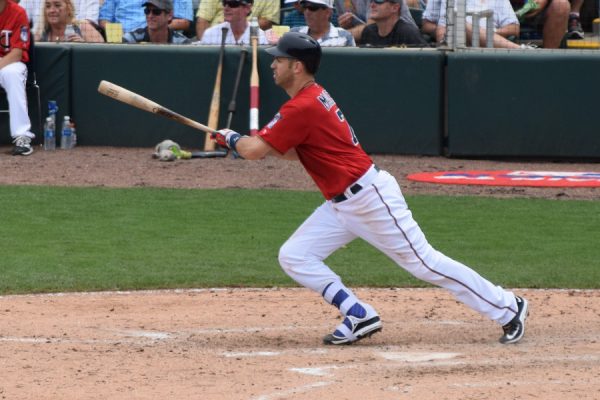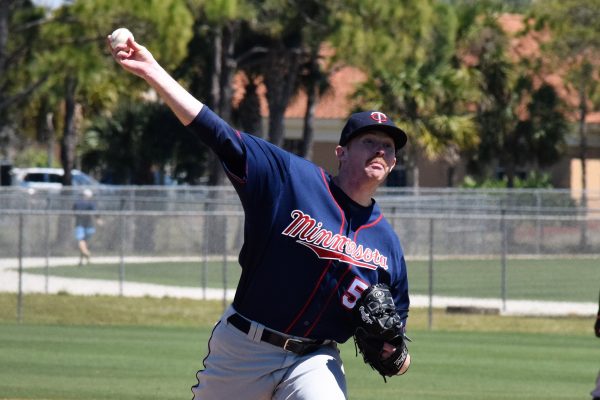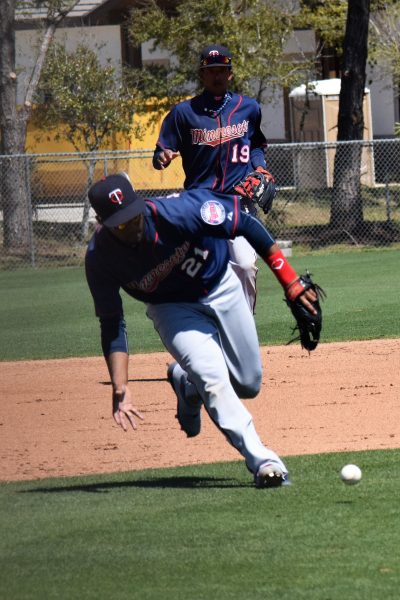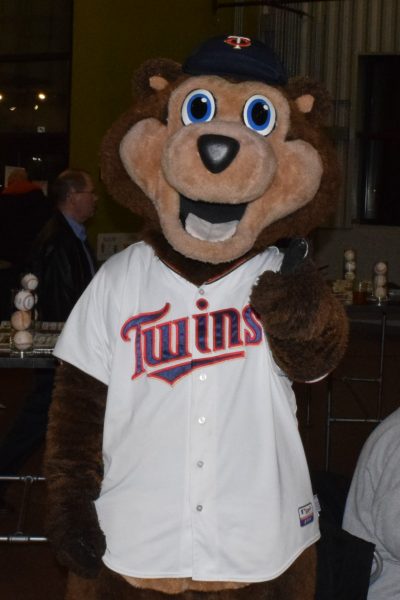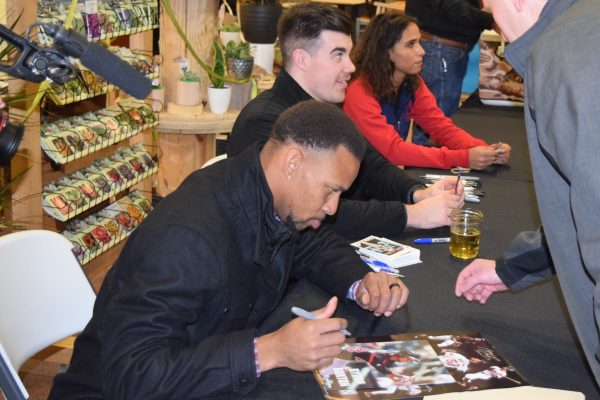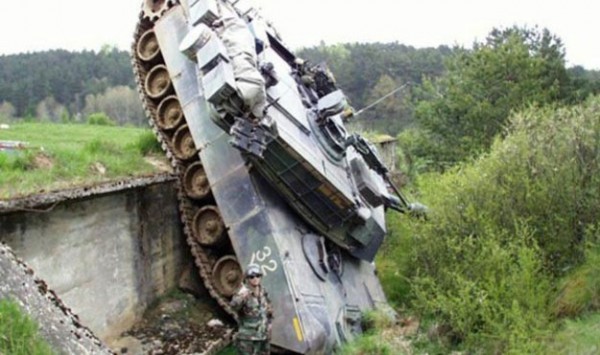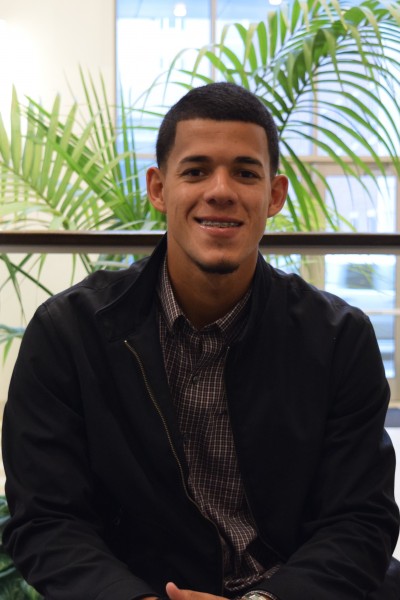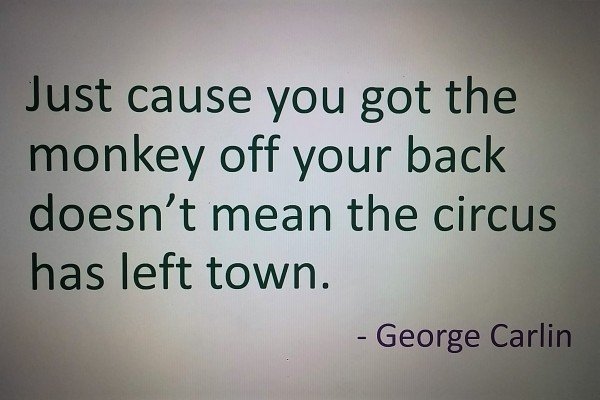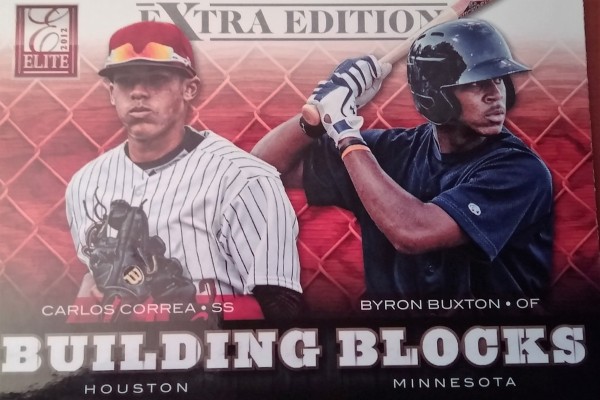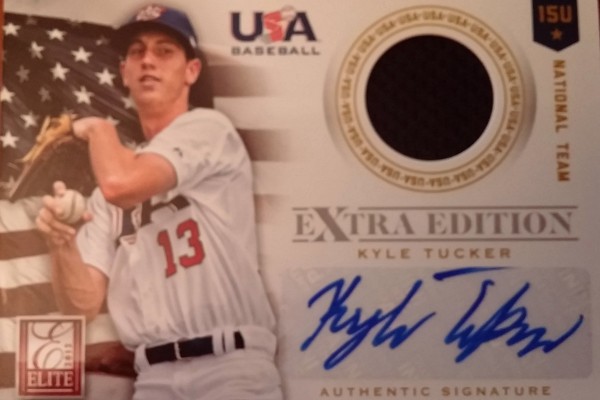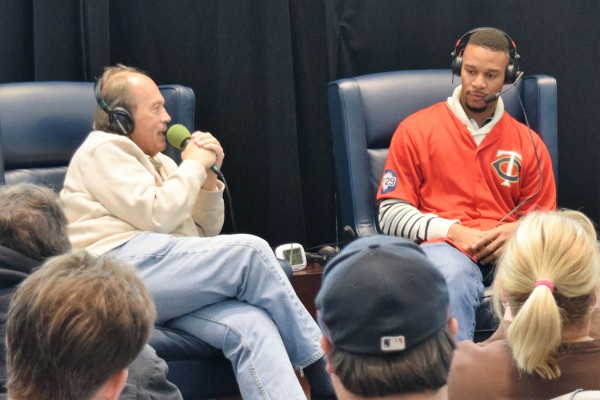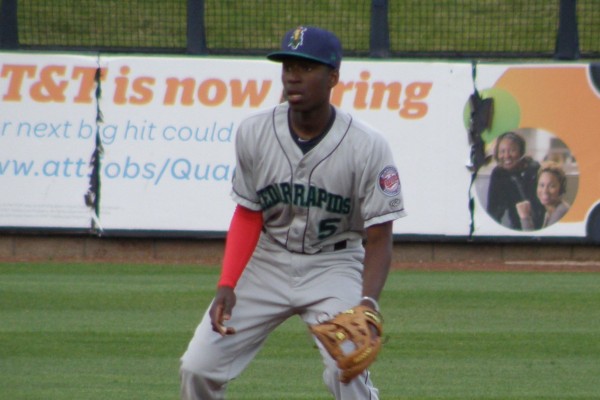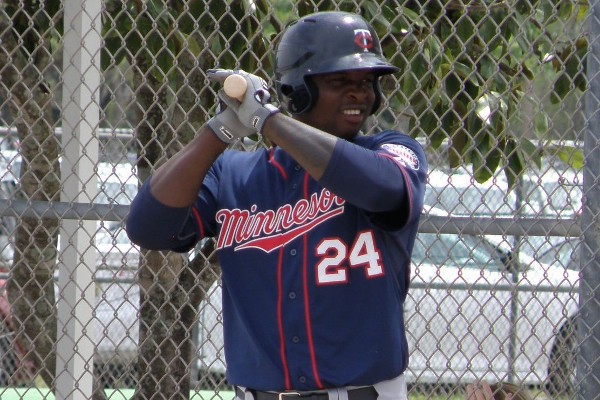Like a lot of Twins fans, I think, I’ve been coasting a bit with my fandom. The results on the field have been disappointing.
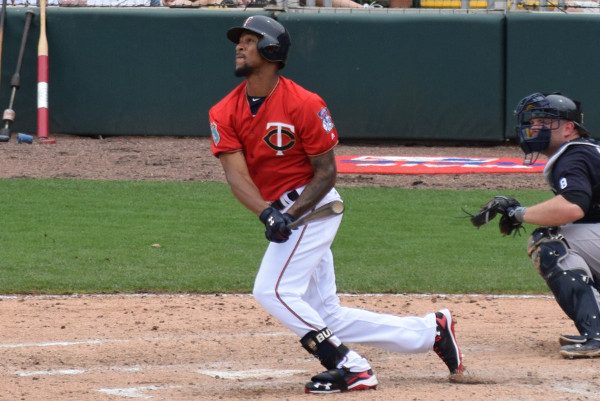
Ervin Santana, Miguel Sano, Byron Buxton and Jorge Polanco hadn’t even been on the field much, if at all, during most of the first half of the season.
The expected two-team competition for the American League Central Division title quickly became no race at all, with Cleveland outpacing the pack.
So, I fell in line with the expectation that the Minnesota front office should and would be sellers at the July non-waiver trade deadline.
But a funny thing happens to me when I start to hear so many voices saying, “Sell!” in unison. I start looking for reasons to buy.
Yeah, my portfolio took a hit Thursday when Facebook shares dropped almost 20%. But I didn’t sell. I’m holding onto my Facebook stock. In fact, I’m probably going to add to my existing position after letting the dust settle for a few days.
I think that’s what the Twins should do, too.
No, I don’t mean they should invest in Facebook (though it wouldn’t be the worst investment the Twins have made over the years), I mean they should hold and maybe even buy.
When the chorus grew so loud in support of the Twins being a seller at the deadline that there was support for not only trading players with expiring contracts and/or little expectation that they’d be part of the 2019 roster, but also for sending Kyle Gibson and Ryan Pressly packing, I took a step back from the cliff.
If so many people were that convinced it was time to not only trade spare parts, but important 2019 cogs in the machinery, I wondered if maybe it’s time to do the opposite.
After all, a year ago, the front office gave up and started selling about this time (though it turned out they didn’t have a ton of guys that other teams were interested in buying). As we all know, the Twins overcame that lack of faith, forcing their way into the one-and-done AL Wild Card game.
But this is not 2017, obviously.
At the end of July a year ago, Minnesota trailed Cleveland by 6 ½ games in AL Central. This year, they trail by 7 after Thursday night’s win over Boston.
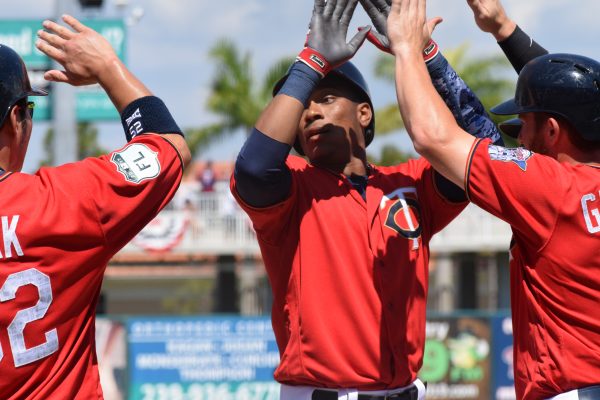
Last year, the Royals also stood between the Twins and the top of the Division. Not so this year. If Minnesota doesn’t mount a challenge, Cleveland will stroll to the Division title.
A year ago, not only were the Twins well off the pace being set by Cleveland, they were going the wrong direction. They had started the month of July three games above .500, tied for the second AL Wild Card spot and just two games behind the Indians in the Division race. They finished the month tied with Baltimore, 4 ½ games behind the Royals in the race for the second Wild Card and two games behind Seattle and Tampa.
Whatever momentum they had was moving them in the wrong direction so, of course, you sell.
But this is not 2017.
First of all, unlike a season ago, Minnesota will not be contending for an AL Wild Card spot.
A year ago, there was one very good AL team in Houston and a lot of mediocrity after that. This year, there are a pair of teams in the East and three in the West that are leaving pretty much everyone else, including the Twins (and Cleveland, for that matter), in the dust.
Entering July this season, the Twins at 35-44, were nine games under .500, eight games behind Cleveland in the standings and 15 ½ games back of the second WC spot.
That’s not ideal, I grant. They’ve gone 13-9 this month and only managed to trim one game off their deficit to the Division leaders. That being the case, nobody can be blamed for advocating that the Twins replace player surnames with “FOR SALE” on back of most players’ jerseys.
Unlike a year ago, however, Minnesota doesn’t need to claw their way through a crowded field in the hopes of earning a single play-in game at Yankee Stadium. They’re chasing one team and, if they should catch them, the reward is at least one full postseason series.
And, unlike a year ago, their momentum is moving them in the right direction, notwithstanding last weekend’s debacle in Kansas City.
The Twins also will face Cleveland ten times between now and the end of August. And it’s not like Minnesota has been beaten up by the Tribe this season, either. On the contrary. The Twins have won six of the nine games the two teams have completed this year.
Everyone seems to think this is the same Cleveland team that went to the World Series a couple years ago. It isn’t. Yes, they have three guys at the top of their batting order that are very good. You want to include Edwin Encarnacion, I’ll let you. But after that? Who are you really afraid of?
They have some pitching, yes. But that pitching hasn’t translated into as many wins in July as the Twins have notched and the Twins just added Ervin Santana, who didn’t look too rusty in his season debut this week.
Yes, the Minnesota front office could throw in the towel now. It appears that not a lot of fans would blame them. It has been a disappointing year, to this point.
They could get what they can for the guys with expiring contracts. Discard Lance Lynn, Brian Dozier, Eduardo Escobar, Zach Duke, even Joe Mauer if he’s inclined to approve of a deal to a contender. Probably add Jake Odorizzi to the list if you’re not of a mind to offer him arbitration for 2019. Likewise, maybe get someone interested in Santana if you don’t think you’ll pick up his $14 million club option for 2019.
Make way for the next round of young talent that’s stewing in Rochester and Chattanooga. Let them get their feet wet in August and September, then be ready to re-engage the battle for AL Central supremacy in 2019.
But is this really what we’ve come to? Baseball seasons are just four months long? If you’re a few games out of the top spot in your Division at the end of July, you pack it in and, “wait ‘til next year?”
I’m sure the folks running Cleveland’s club are hoping that’s what the Twins will do. If so, they can virtually coast through the final two months and prepare for the postseason.
I get that trading some (or all) of those players would potentially add a few pretty decent young prospects. And if the Twins’ farm system was in dire straights without much talent in the pipeline, maybe I’d go along with a fire sale right now. But that is not the case.
The Twins have some really good talent at every level of their minor league organization right now. Sure, you always want more because some guys with high ceilings just don’t pan out, but as much as I enjoy watching minor league baseball, let’s not lose sight of the fact that the purpose in all of this is to win at the Major League level.
As things stand, the Twins have a rotation of Santana, Berrios, Gibson, Lynn and Odorizzi. It may not be the equal of Cleveland’s, but it ain’t bad.
If you think Fernando Romero, Aaron Slegers or Stephen Gonsalves would perform better in the fifth spot than Odorizzi, then make that move. But do it because you think it not only will make your team better in 2019 but will also improve their chances to catch and pass Cleveland this year.
Or, here’s a thought – if you think you could improve your rotation, maybe trade FOR a better pitcher (ideally, one with at least another year of control left after this season), rather than selling off the ones you’ve got.
And please, just stop the talk about trading Kyle Gibson already. This is not a rebuild. If you really have given up on 2018, fine, but don’t give up on 2019, too.
With all of the problems this organization has had finding really good starting pitching, why would you trade a guy just when it looks like he’s becoming a really good starting pitcher and still has a year of team control left?
Just because you could get somewhat better prospects in return? They’re still prospects and you’re probably just going to hope that one of them ends up developing into a pitcher as good as Gibson.
As a fan base, we’ve been lulled into this never-ending routine that emphasizes acquisition and development of quality minor league talent. That’s all well and good until it takes over the organization’s mentality to the extent that they let a few games’ deficit in the standings in July keep them from even bothering to try to compete through the rest of the season.
I say let’s go for it!
What are you afraid of? If it doesn’t work out, you still have all the quality young talent waiting to fill in where needed next season and so much payroll money coming off the books that you won’t be able to figure out how to spend it all.
If you don’t take advantage of those 10 head-to-head meetings with Cleveland, there are still likely to be waiver deals to be made before the end of August. No, the returns may not be as good as they would be right now, but I’m pretty satisfied with where the Twins’ farm system sits now. I don’t need more.
I don’t want my baseball season to keep being four months long. I want the full six months.
I want to see if Santana, Buxton and Sano can overcome their personal setbacks and help turn the Twins into the kind of team nobody wants to have to face in September.
I want to see if this team, that was supposed to be a contender, can get some traction and do something to make Cleveland sweat a little bit. Don’t just hand them the Division. Let’s make things interesting for them.
That’s what competing is all about, isn’t it?


